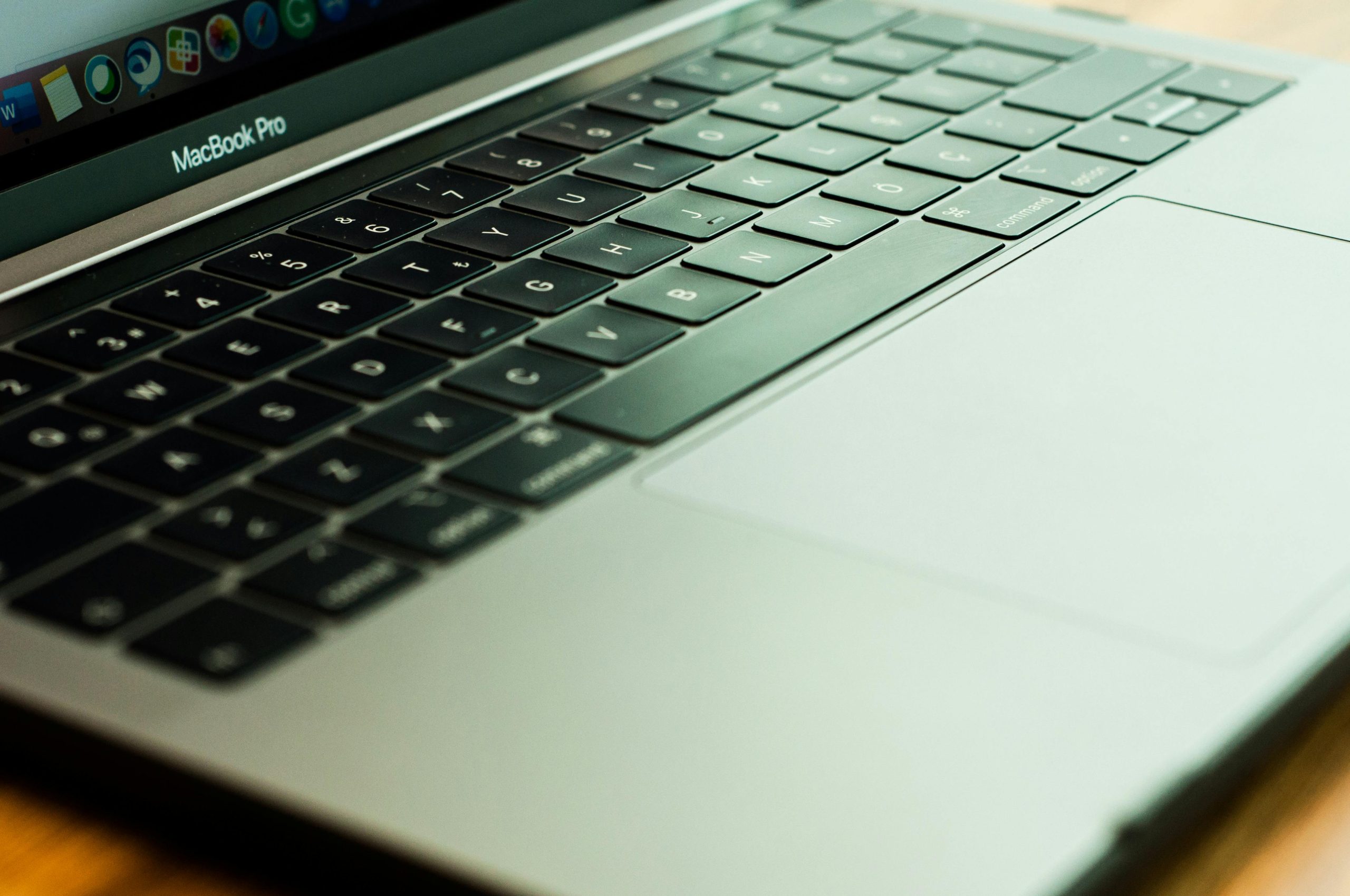Reviving a Vintage 2011 MacBook Pro: A Journey of DIY Repair
Have you ever found yourself staring at a piece of technology that has seen better days? That’s exactly where I found myself with my 2011 13-inch MacBook Pro, which had been collecting dust on a shelf for a few years. After loaning it to an old friend, I was shocked to discover that upon its return, the entire operating system had vanished, leaving me with a black screen adorned by a large question mark.
Undeterred, I delved into research on how to reinstall the OS, eager to give my old MacBook a new lease on life. However, the more I examined the laptop, the more I realized it truly needed a comprehensive refurbishing. This brings me to an honest confession: my computer knowledge is rather minimal at this point. However, I see this as an opportunity—an ideal chance to learn about computers firsthand, especially since I aspire to make a career in this field.
Now, I face a crucial decision: Is it worthwhile to invest in new parts and tackle this project on my own, or should I consider taking it to a professional repair shop? On top of that, I snagged this MacBook for just $60 and a couple of liters of Pepsi, so I’m not too worried about potentially messing it up further!
As I stand at this crossroads, I welcome your insights. Have any of you undertaken a similar refurbishing project? What advice do you have for a budding tech enthusiast like myself? Your thoughts could help shape my approach to this exciting—and perhaps challenging—endeavor!
Share this content:




Hi there,
Reviving a vintage MacBook Pro can be a rewarding project, especially if you’re keen to learn more about hardware repair and troubleshooting. Based on your description, the black screen with a question mark indicates that your MacBook is unable to locate a bootable operating system, which could be due to a damaged or missing hard drive, corrupted system files, or other hardware issues.
Since your device is quite old, I recommend starting with these steps: